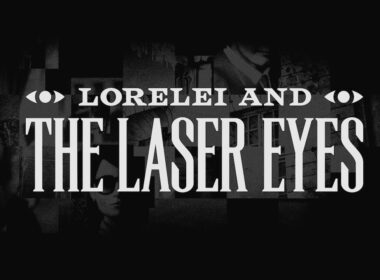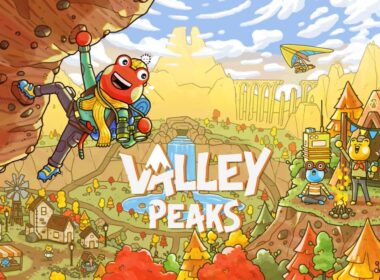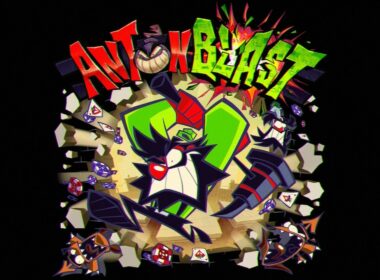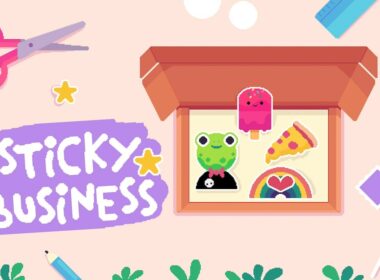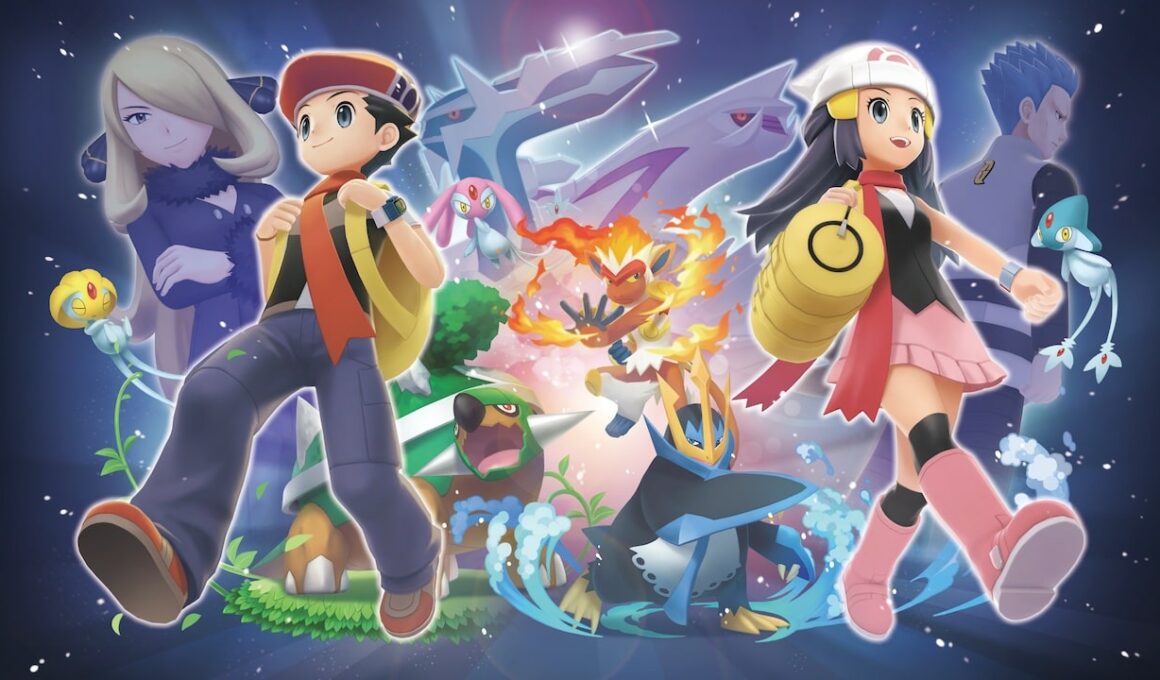It has been around fifteen years since we first visited the Sinnoh region. With the original release of Pokémon Diamond and Pokémon Pearl being the first mainline Pokémon games to release on the Nintendo DS, with the new hardware, came bigger expectations. In many ways, it exceeded them and kept the series going in the only direction it knows, and that was up. A trend that continues to this day.
Fast forward all of these years and after the first three generations of Pokémon games received the remake treatment – with Gen 1 getting it twice – it was time for the series’ fourth generation to get the treatment on Nintendo’s ever-popular handheld hybrid, the Nintendo Switch. It also acts as a nice stop-gap before the completely new game, Pokémon Legends: Arceus – which also happens to be set in the region of Sinnoh, with Arceus set much earlier timewise.
If somehow you have never played a Pokémon game before, this is a brilliant (no pun intended) place to start. For others that have been playing Pokémon for a long time, you are still going to have a fun time, no doubt. It is more of what made Pokémon so popular in the first place, but it is just that. It is a game most of us have played countless times before in slightly different forms.
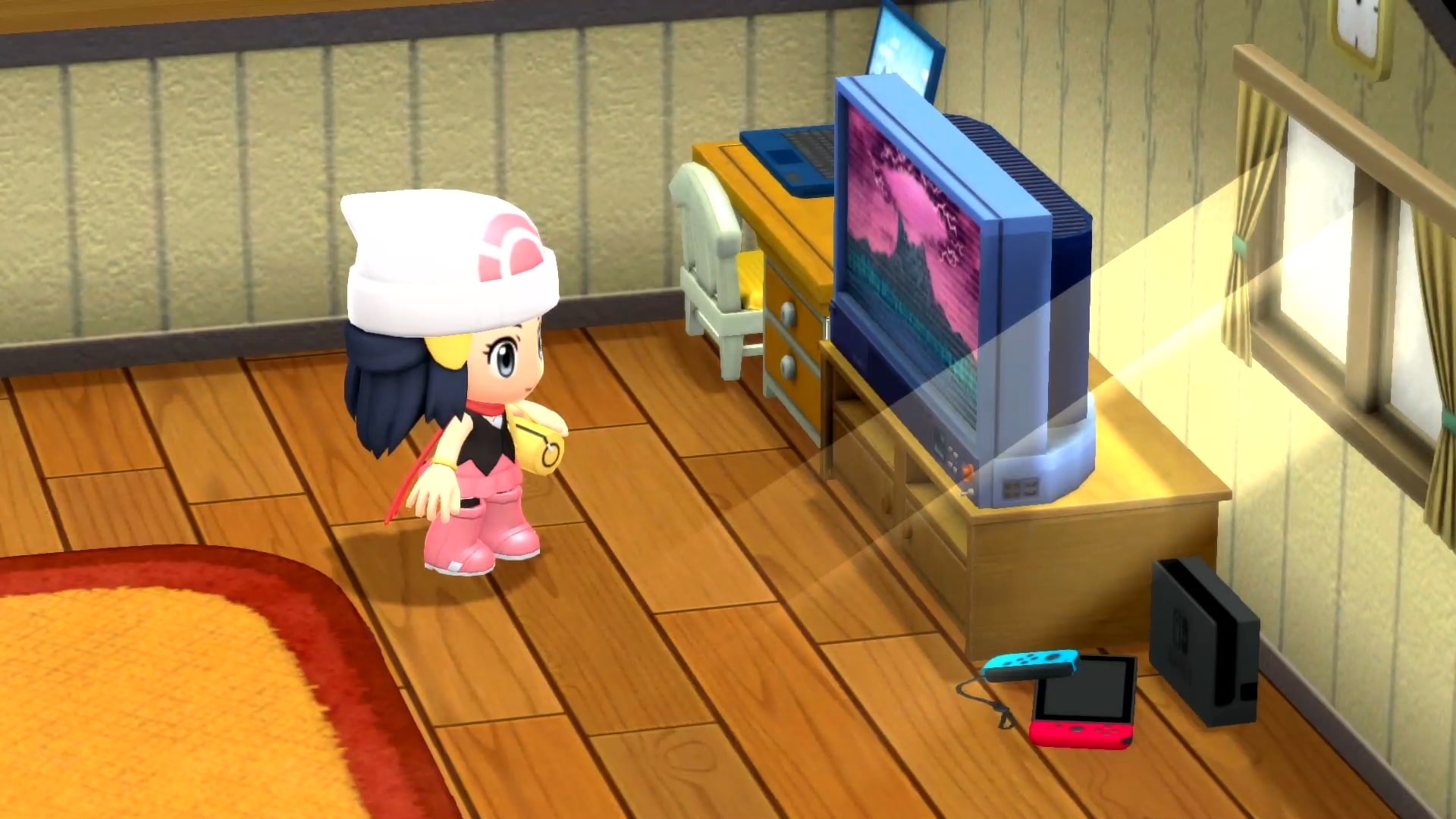
As always, you start your adventure as a young amateur Pokémon Trainer setting your sights on collecting Pokémon badges and beating the Elite Four, becoming a Pokémon Master in the process. You start your journey with the typically difficult choice of choosing which one of the three starter Pokémon you want to take with you. Depending on how you play these games, this Pokémon will be one of your mains for the entirety of your adventure, so it’s wise to have a good think beforehand.
In Gen 4, your starters are the Grass-type Turtwig, the Fire-type Chimchar and the Water-type Piplup. Each has their strengths and weaknesses but this choice, in some ways, determines how difficult the game is for you. Piplup, for example, fairs better early on in the game, but not as well later on. Chimchar, on the other hand, won’t perform great in the opening few hours of the game but will become an absolute beast later on, once it fully evolves into Infernape and can sweep aside entire teams without an ounce of sweat.
The general gameplay hasn’t been altered at all from its original release, which isn’t necessarily a bad thing. The core gameplay loop in the mainline titles – at least up until Pokémon Sun and Pokémon Moon – has remained pretty similar throughout the entire series. You move from one town to the next, gathering Pokémon badges from the Gym Leaders. In between towns you will battle other trainers, which is your main way of levelling up your trusty Pokémon team. Of course, you also have places to catch wild Pokémon too, either to “Catch ‘em all” or acquire a Pokémon for your main roster. All of this while stopping whatever evil corporation’s plans you have inadvertently poked your nose into – in Gen 4, it’s Team Galactic.
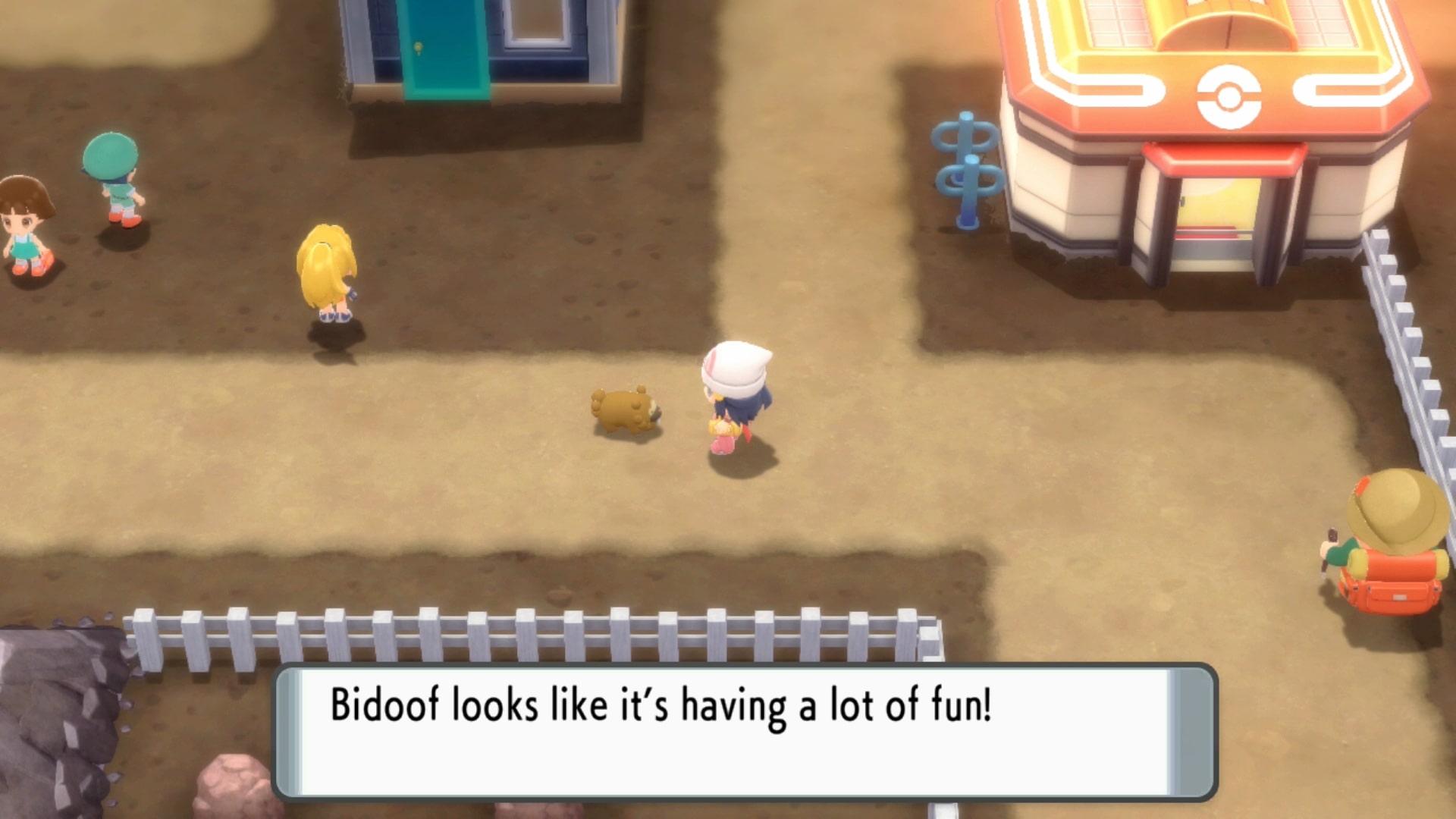
While not a great deal has changed with the general gameplay, there are a number of quality-of-life improvements throughout the entire game. One of the biggest and, in my eyes, best improvements is allowing you to use Hidden Machines (HMs) without needing to teach any of your Pokémon these moves. It might seem like a small change, but in the past, often you would need to take up a slot in your team with a Pokémon that can learn a lot of these HM moves. So, for example, a Bidoof isn’t the best Pokémon to take with you through the game. But in the original release, you probably had one, as it can learn a number of HM moves such as Cut and Rock Smash – the first two HMs required in Pokémon Brilliant Diamond and Pokémon Shining Pearl – so it would be the kind of Pokémon you simply put in your team, but never used. In this remake, you no longer need to do this, and you can have a full team of Pokémon of your own choosing without having to worry about teaching them pointless, weak moves such as Cut.
Another improvement is the Underground, which is now hugely expanded upon from the original release. Here, you come across Pokémon Hideaways, in which you can find high-levelled Pokémon and find new pocket monsters that can’t be found anywhere else in the game, or some of the rarer Pokémon. It is also an easier way to find different types much earlier than you would do usually – Fire, Ice and Dragon types (to name a few) are typically some that you don’t find early on in most Pokémon games, but they are more frequent in these areas. Another good thing about these areas is rather than getting into countless random battles, hoping to bump into the Pokémon you want, you see the Pokémon roaming around, similar to how they do in the Pokémon Let’s Go Pikachu and Pokémon Let’s Go Eevee games, so you know exactly what to battle and what to avoid.
Another feature that has made a return from the Let’s Go Pikachu and Let’s Go Eevee games is the XP share. Pokémon titles in the past have always had some kind of experience share functionality, but way back when, it used to just be an item that you could make a Pokémon hold in order for that one Pokémon to gain some experience, even though it has not been involved in a battle. Here, we have an always-on XP Share, in which every single Pokémon you have in your party will gain experience points and level up without doing anything. It is a feature that has split fans right down the middle. I personally don’t particularly like it, as it makes the game as a whole easier. On the flip side to that, if you catch a low-level Pokémon, but wanted to add it to your main roster, this feature makes it that much more convenient to get it up to a decent level so you can actually start to use the thing in battles yourself. It does also allow the more casual players to access the game better, however, I wouldn’t exactly say that these games are particularly difficult, to begin with. I think the best choice would be to give the player the option to switch it on and off. That way, everybody would get what they want. Unfortunately, that isn’t the case.
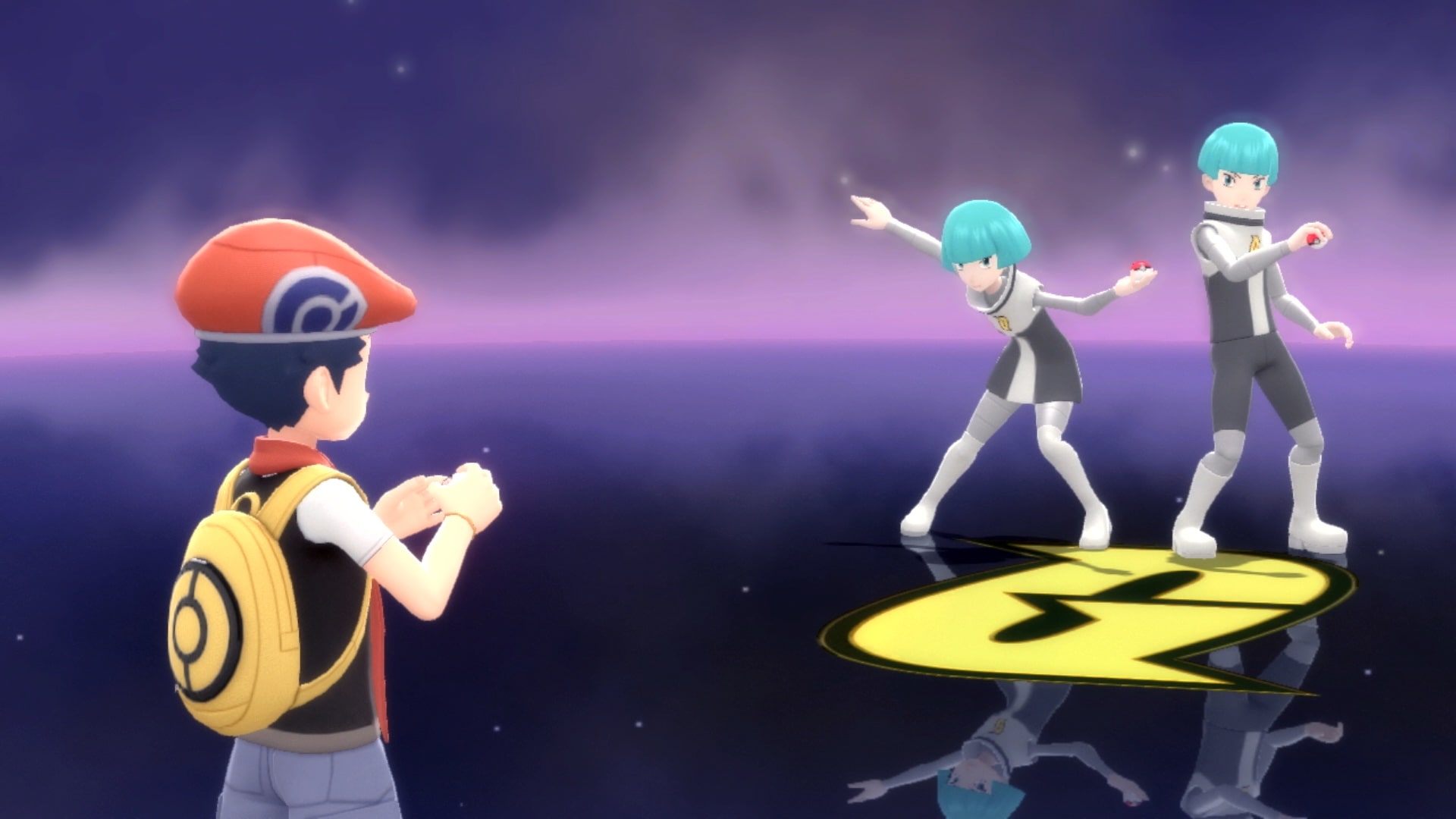
One of the stranger decisions in this remake is the exclusion of Pokémon Platinum content (which was the third version in Gen 4). What this means is there is an argument to be had that these remakes are not actually the definitive way to play this generation of Pokémon, because it is missing some content, more specifically, the post-game content such as the Battle Frontier. I get that these are Pokémon Diamond and Pokémon Pearl remakes, but it doesn’t make much sense as to why it isn’t here.
The game’s music has been wonderfully remade – for me, it was always one of my favourite Pokémon soundtracks along with Pokémon Ruby and Pokémon Sapphire. Every tune that was in the original release is here and they all sound fantastic. The visuals, on the other hand, will be a bone of contention for many fans. In the overworld, the characters look Chibi-like, with huge, chunky heads. It reminded me a little bit of Grezzo‘s The Legend of Zelda: Link’s Awakening remake for Switch a few years ago, which had a cutesy art style and a toy-like feel. However, whereas that game’s art direction had a personality to it, here it just seems overly basic and boring. Once you get into a battle situation, the visuals switch to a more standard Pokémon graphical style. If you have played Pokémon Sword and Pokémon Shield, they’re virtually lifted straight from those games. I feel that maybe the game could have benefited more if this art style was used throughout the entire game. It’s a strange choice, as I don’t think that the two differing art styles complement each other well.
Pokémon Brilliant Diamond and Shining Pearl are faithful remakes of the 2006 Nintendo DS games. They probably lean too much on the safe side, not achieving an awful lot to improve on the originals other than a few quality-of-life improvements. The improved Underground sections are a welcome addition, but the missing features from Pokémon Platinum are a big let-down. All in all, though, the Sinnoh region offers just as brilliant of an adventure as it was 15 years ago and the formula that worked back then (and then some) is still as addictive to this day. If you are a fan of classic Pokémon titles, this is a no-brainer.
Version Tested: Nintendo Switch
Review copy provided by Nintendo

